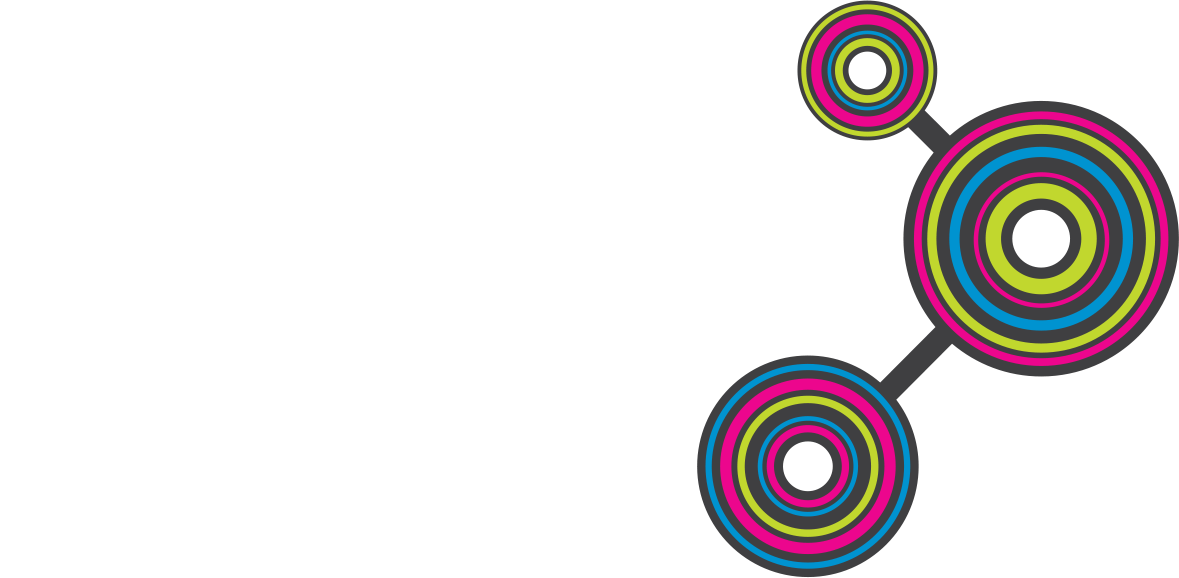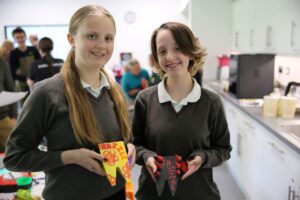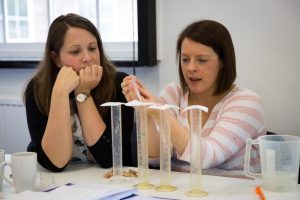FameLab Superheat Superstars
Friday 10th February 2017
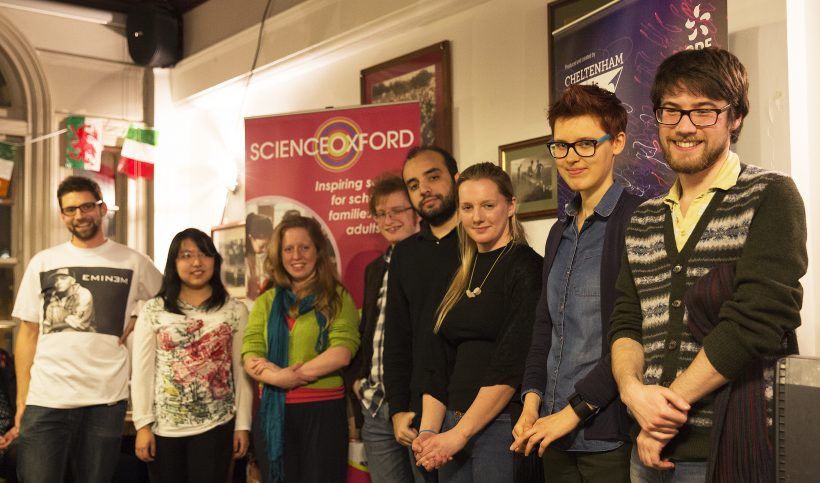
Tickets are available on the door for the regional final – or watch the final LIVE video stream CLICK HERE 🎥 tonight 7-9PM
There is no doubt that the FameLab Superheat we held in Oxford last night was of the highest quality I’ve seen in my three years as host. And that’s saying something; year-on-year our contestants seem to be able to produce consistently excellent performances, delivering quality three-minute skits on wildly diverse science topics with passion, humour and energy.
The 2017 FameLab Oxford Superheat saw eleven entrants perform in front of a packed house at the St Aldate’s Tavern– including prestigious judges Alison Woollard (science communicator extraordinaire) and Jase Taylor (FameLab UK 2016 national runner-up.)
With topics as diverse as counterfeiting, software development and epidemiological statistics, each performer used their allotted time to create a story about their subject that really drew the crowd in. We beat-boxed our way through Tomasz Dobrzycki’s biological rap about embryonic development, giggled as Ramy Aboushelbaya began his talk on helium with a voice high on helium, and found ourselves flushed with enjoyment as Yayoi Teramoto described neuronal networks as a series of rinsing toilet systems.
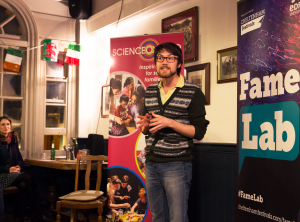 It’s not good to have favourites – especially if you’re the event host and neutrality is essential. But, if I was pressed to choose a winner, my gold medal would probably have gone to Jack Rowbotham – a natural comedian if ever there was one. He used tennis balls, a Pringles tube and a wooden spoon to describe how those pens work that you run across bank notes to check they’re not forged.
It’s not good to have favourites – especially if you’re the event host and neutrality is essential. But, if I was pressed to choose a winner, my gold medal would probably have gone to Jack Rowbotham – a natural comedian if ever there was one. He used tennis balls, a Pringles tube and a wooden spoon to describe how those pens work that you run across bank notes to check they’re not forged.
Apparently, it’s all to do with starch. Genuine banknotes are printed on paper made using cotton fibres that don’t contain starch. Counterfeit notes are most often printed on standard printer or photocopier paper that does contain starch. Now (are you following?) starches are reactive to iodine – and that is what the ink in a counterfeit pen contains and what shows up on a fake banknote. When the pen is used to mark genuine notes, the mark is yellowish or colourless. On a fake note, the ink turns brown. Genius! And while I’ve made this sound like a dull chemistry lesson, Jack brought the whole topic to life with visual gags, props and a quality of delivery that even seasoned comedic stalwarts like Billy Connolly or Ross Noble would be proud of.
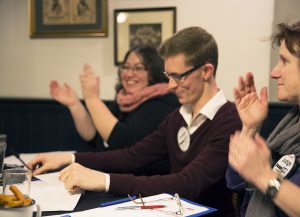 If the overall standard of last night’s superheat is anything to by, the Oxford final is going to be fantastic. As Alison Woollard said, in a nod to another rather good science communicator, “You are all amazing.”
If the overall standard of last night’s superheat is anything to by, the Oxford final is going to be fantastic. As Alison Woollard said, in a nod to another rather good science communicator, “You are all amazing.”
Of our eleven performers, eight were chosen to go through to the final, which takes place at The Bullingdon on Cowley Road on Wednesday March 8th.
They are:
Emily Seward – a PhD student studying molecular biology (Oxford)
Bernadeta Dadonaite – a DPhil student studying the flu virus (Oxford)
Yayoi Teramoto – a PhD student in computation neuroscience (Oxford)
Ramy Aboushelbaya – a DPhil student studying plasma physics (Oxford)
Jack Rowbotham – a bioinorganic chemist (Oxford)
Anna Ploszajski – a PhD student and materials scientist/engineer (UCL)
Tomasz Dobrzycki – a DPhil student studying embryonic development (Oxford)
Blayze Millward – studying AI with computer science at the University of Sheffield
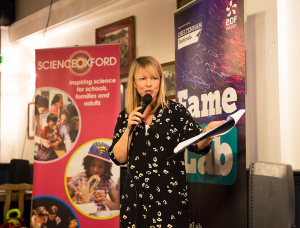
Blog by Jude Eades
Director of Communication and Development
Science Oxford
